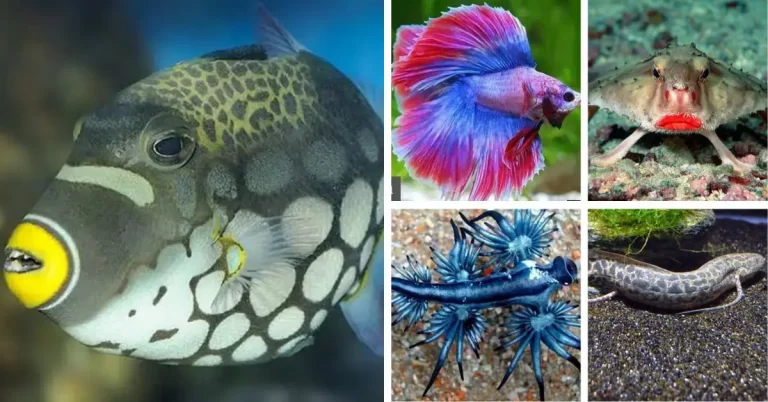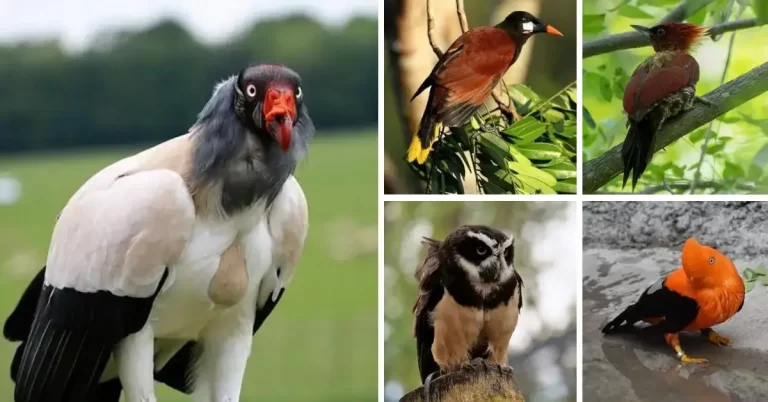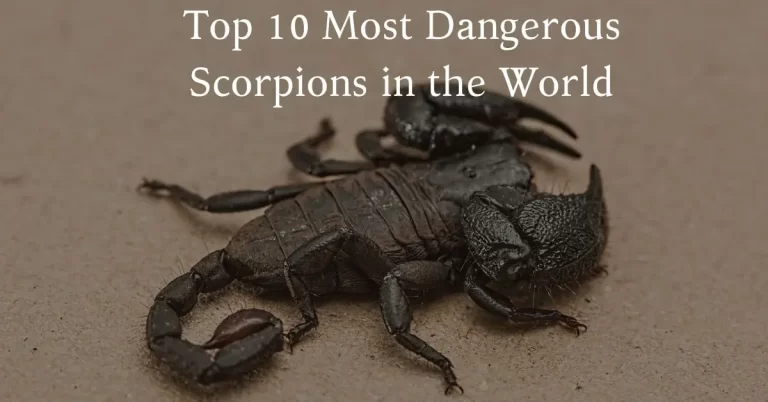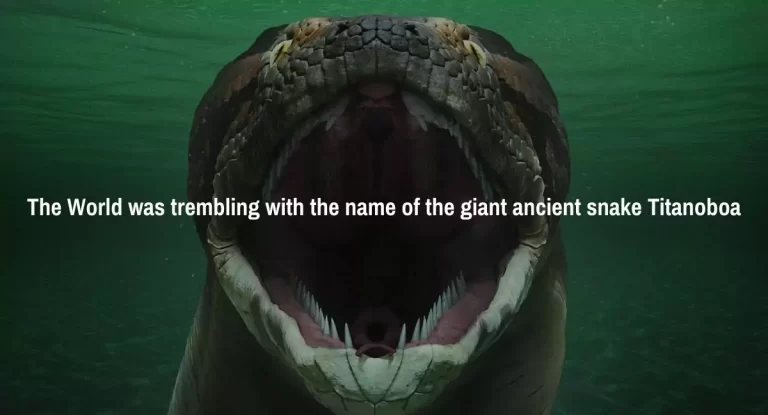Dinosaur With 500 Teeth -10 dinosaurs with the most teeth

Dinosaurs have always been a subject of fascination for people of all ages. From the massive T-Rex to the smaller Velociraptor, dinosaurs have captured our imagination for years. While we may know a lot about their size, shape, and behavior, there are still some mysteries that surround these prehistoric creatures.
One of these mysteries is the number of teeth some dinosaurs had. Some dinosaurs had a surprisingly high number of teeth, and it is still unclear why this was the case. In this blog post, we will take a closer look at 10 dinosaurs with the most teeth and explore why they had so many.
.
Why did some dinosaurs have so many teeth?
There are several reasons why some dinosaurs had so many teeth. One reason is their dietary needs. Many dinosaurs were herbivores and needed teeth to grind up tough plant material. Other dinosaurs were carnivores and needed sharp teeth to tear through flesh. Having a lot of teeth made it easier for them to consume their food quickly and efficiently.
Another reason why some dinosaurs had so many teeth was for defense. Teeth could be used as weapons to fend off predators, making a dinosaur a more formidable opponent. Some dinosaurs even had teeth that were serrated or shaped like knives, making them even more deadly.
Examples of dinosaurs with an unusual number of teeth include the Hadrosaurus, which had up to 960 teeth, and the Nigersaurus, which had over 500 teeth. These dinosaurs had dental batteries, which were rows of teeth that were constantly being replaced.
.
List of dinosaurs with the most teeth
1. Hadrosaurus – 960 teeth

Hadrosaurus, which lived during the Late Cretaceous period, was a large, duck-billed dinosaur that roamed what is now North America. One of its most distinctive features was its dental battery, a complex arrangement of teeth in the lower jaw that allowed the dinosaur to grind up tough plant material.
Each battery contained hundreds of tightly packed teeth that were constantly being replaced throughout the dinosaur’s life. In fact, it is estimated that Hadrosaurus could have had up to 960 teeth in its mouth at any given time!
The teeth themselves were shaped like a spoon and had ridges on the surface, which helped the dinosaur to slice and grind up its food. As the teeth wore down or fell out, they would be replaced by new teeth that grew behind them, ensuring that the dental battery was always full and functional.
This constant renewal of teeth is what allowed Hadrosaurus to maintain its powerful chewing ability throughout its lifetime. Scientists believe that Hadrosaurus was a herbivore that fed on a variety of vegetation, including tough and fibrous plants like conifers and cycads.
The dental battery of Hadrosaurus was a highly specialized adaptation that allowed it to efficiently break down this tough plant material., making it one of the most successful and widespread dinosaur species of its time. Today, Hadrosaurus is known for a number of well-preserved fossils, including a nearly complete skeleton discovered in Haddonfield, New Jersey in 1858, which was the first dinosaur skeleton ever mounted for display in a museum.
2. Nigersaurus – Over 500 teeth

Nigersaurus was a long-necked, herbivorous dinosaur that lived in what is now Niger during the Late Cretaceous period, around 110 to 100 million years ago. What sets Nigersaurus apart from other dinosaurs is its unusual dental arrangement, which consisted of up to 500 teeth in its jaws!
Nigersaurus had a broad, flattened snout that was lined with rows of small, peg-like teeth that were closely spaced together. These teeth were continuously replaced throughout the dinosaur’s life and were arranged in a straight line rather than the curved arrangement found in other sauropod dinosaurs.
This unique dental arrangement gave Nigersaurus a highly specialized feeding behavior that allowed it to crop vegetation close to the ground in a lawnmower-like fashion. Its teeth were not very large or strong, suggesting that the dinosaur fed on soft, low-lying vegetation such as ferns and horsetails.
This is also supported by the dinosaur’s skeletal features, which include a wide, U-shaped jaw and a long, low skull. The broad snout and flat teeth of Nigersaurus allowed it to crop vegetation more efficiently than other herbivorous dinosaurs, making it one of the most successful and widespread species of its time.
Despite its many teeth, Nigersaurus was relatively small compared to other sauropods, measuring only about 30 feet in length. Its the low-slung body and long neck made it well-suited for browsing on low-lying vegetation, and its unique dental arrangement allowed it to process this vegetation more efficiently than any other dinosaur of its time.
Today, Nigersaurus is known for a number of well-preserved fossils, including a nearly complete skull and skeleton that were discovered in Niger in 1997.
3. Diplodocus – 800 teeth

Diplodocus was a long-necked, herbivorous dinosaur that lived during the Late Jurassic period, around 155 to 145 million years ago. One of its most striking features was its dental battery, which contained up to 800 teeth arranged in narrow, pencil-shaped columns. The teeth themselves were small and pointed, and were constantly being replaced throughout the dinosaur’s life.
Diplodocus likely used its teeth to crop tough vegetation such as conifers and cycads, which were abundant during the Jurassic period. It is long neck and small head allowed it to reach high into trees to browse on leaves and branches, while its powerful jaws and hundreds of teeth allowed it to efficiently process this tough plant material.
Like other sauropod dinosaurs, Diplodocus had a simple, spoon-shaped tooth that was designed for stripping leaves from branches. However, it is the sheer number of teeth in its dental battery that sets Diplodocus apart from other herbivorous dinosaurs.
The constantly renewing teeth allowed it to maintain its powerful chewing ability throughout its life, making it one of the most successful and widespread dinosaur species of its time. Despite its many teeth, Diplodocus was relatively small compared to other sauropods, measuring only about 90 feet in length.
The long neck and whip-like tail of Diplodocus made it well suited for browsing on low-lying vegetation., while its dental battery allowed it to process this vegetation more efficiently than any other dinosaur of its time. Today, Diplodocus is known from a number of well-preserved fossils, including a nearly complete skeleton discovered in Wyoming in 1899.
4. Stegosaurus – 17 plates and hundreds of small teeth

Around 155–150 million years ago, during the Late Jurassic period, the Stegosaurus was a large herbivorous dinosaur. One of its most distinctive features was its double row of bony plates running along its back, which were likely used for display and thermoregulation.
But Stegosaurus also had another unique feature: a set of up to 800 small, pointed teeth that were used for grinding up tough plant material. The teeth of Stegosaurus were not very large or robust, but they were tightly packed together and continuously replaced throughout the dinosaur’s life.
Stegosaurus also had a unique jaw structure that allowed it to move its teeth in a grinding motion, much like a modern-day cow. This dental adaptation, combined with its powerful jaws and hundreds of teeth, allowed Stegosaurus to efficiently process tough vegetation such as ferns and horsetails.
In addition to its teeth, Stegosaurus also had a unique arrangement of bony plates and spikes on its back and tail. The plates were made of dense, bony tissue and were likely used for display, thermoregulation, or defense against predators. The spikes on its tail, known as thagomizers, were used as a weapon against predators and may have been used in mating displays as well.
Stegosaurus was one of the largest herbivorous dinosaurs of its time, measuring up to 30 feet in length and weighing several tons. Despite its size, it had a relatively small head and brain, which likely limited its cognitive abilities. Nevertheless, its dental and skeletal adaptations made it one of the most successful herbivorous dinosaurs of its time.
5. Triceratops – 800 teeth

Triceratops was a large, herbivorous dinosaur that lived during the Late Cretaceous period, around 68 to 66 million years ago. Its most recognizable feature was its massive skull, which was adorned with three horns and a bony frill that likely served for display and defense. But Triceratops also had another unique feature: up to 800 teeth arranged in rows along its jaws.
The teeth of Triceratops were small and pointed, and were continuously replaced throughout the dinosaur’s life. Like other herbivorous dinosaurs, Triceratops likely used its teeth to grind up tough plant material such as ferns and cycads. Its a massive skull and powerful jaws, combined with its dental adaptations, made it one of the most efficient plant-eaters of its time.
Interestingly, Triceratops also had a beak at the front of its jaws that may have been used to crop vegetation more efficiently. This beak was made of keratin, the same material that makes up our own fingernails and hair. Together with its teeth, the beak allowed Triceratops to process a wide variety of plant material, from tough conifers to softer, leafy vegetation.
Despite its many teeth, Triceratops was relatively small compared to other horned dinosaurs, measuring up to 30 feet in length and weighing several tons. Nevertheless, its unique skull and dental adaptations made it one of the most iconic and beloved dinosaurs of all time, and it continues to captivate the imaginations of people around the world.
6. Iguanodon – 200 teeth

Iguanodon was a large, herbivorous dinosaur that lived during the Early Cretaceous period, around 140 to 125 million years ago. One of its most unique features was its dental battery, which contained up to 200 teeth arranged in rows along its jaws. Unlike other dinosaurs, Iguanodon had a combination of both spoon-shaped and chisel-like teeth that were used for different functions.
The spoon-shaped teeth were used for stripping leaves and twigs from branches, while the chisel-like teeth were used for grinding up tougher vegetation such as conifers and cycads. The teeth of Iguanodon were continuously replaced throughout the dinosaur’s life, allowing it to maintain its powerful chewing ability.
In addition to its teeth, Iguanodon also had a number of other unique adaptations. Its hands, for example, were modified into large, thumb-like spikes that may have been used for defense or foraging. It also had a long, powerful tail that was likely used for balance and possibly defense as well.
Despite its many adaptations, Iguanodon was not immune to extinction. Like many other dinosaurs, it went extinct at the end of the Cretaceous period, around 66 million years ago. Nevertheless, its unique dental adaptations and other features have made it a favorite among dinosaur enthusiasts, and it continues to be studied and admired to this day.
7. Ankylosaurus – 36 teeth in its massive jaws

Ankylosaurus was a large, heavily armored herbivorous dinosaur that lived during the Late Cretaceous period, around 68 to 66 million years ago. One of its most distinctive features was its massive, hammer-shaped tail, which was used as a weapon against predators. But Ankylosaurus also had another unique feature: a set of up to 36 teeth in its massive jaws.
The teeth of Ankylosaurus were small and leaf-shaped and were used for crushing and grinding tough plant material. They were arranged in rows along its jaws and were continuously replaced throughout the dinosaur’s life. Despite its relatively small number of teeth, Ankylosaurus had a powerful bite force that allowed it to efficiently process even the toughest vegetation.
In addition to its teeth, Ankylosaurus was heavily armored with thick bony plates and spikes covering its entire body. This armor likely served as protection against predators such as T. rex and other large carnivorous dinosaurs. Ankylosaurus also had a low, wide skull with small eyes and nostrils, indicating that it had a limited sense of smell and vision.
Despite its formidable armor and powerful bite, Ankylosaurus was relatively slow-moving and may have relied on its heavy armor for protection rather than speed. It was one of the last and largest of the ankylosaurid dinosaurs, measuring up to 30 feet in length and weighing several tons.
Today, the unique features of the Ankylosaurus, including its armor and massive tail, continue to captivate the imaginations of dinosaur enthusiasts around the world.
8. Spinosaurus – 80 teeth
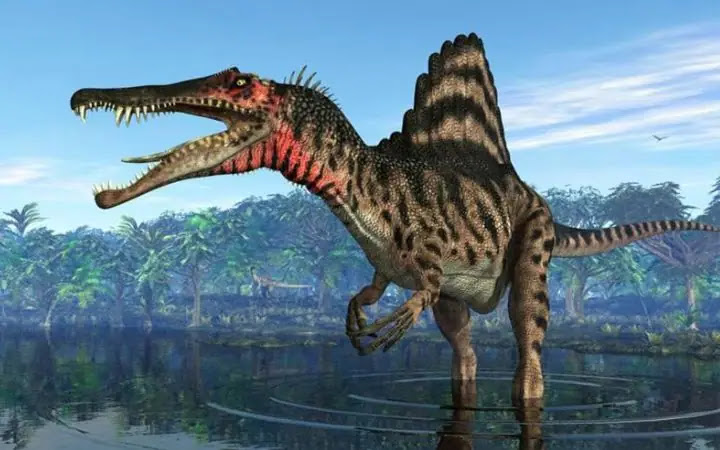
Spinosaurus was a large, carnivorous dinosaur that lived during the Cretaceous period, around 112 to 93 million years ago. It was one of the largest predatory dinosaurs of all time, measuring up to 50 feet in length and weighing several tons. One of its most distinctive features was its long, narrow snout filled with up to 80 sharp teeth.
The teeth of Spinosaurus were conical and curved and were designed for gripping and tearing flesh. They were arranged in rows along the dinosaur’s jaws and were continuously replaced throughout its life. This allowed Spinosaurus to maintain its formidable dental weaponry and continue to hunt and kill prey even as its teeth became worn down and damaged.
In addition to its teeth, Spinosaurus had a number of other unique adaptations that helped it to hunt and survive. It had a long, slender body with powerful hind limbs and a sail-like structure on its back that may have served for display or thermoregulation. It was also a strong swimmer and likely spent much of its time in and around the rivers and waterways of its environment.
Despite its massive size and fearsome dental arsenal, Spinosaurus was not invincible. It went extinct along with the other non-avian dinosaurs at the end of the Cretaceous period, around 66 million years ago. Nevertheless, its impressive teeth and other adaptations have made it a favorite among dinosaur enthusiasts and continue to fascinate researchers today.
9. Allosaurus – 60 teeth

Allosaurus was a large, carnivorous dinosaur that lived during the Late Jurassic period, around 155 to 145 million years ago. It was a top predator of its time, measuring up to 40 feet in length and weighing several tons. One of its most impressive features was its powerful jaws filled with up to 60 razor-sharp teeth.
The teeth of Allosaurus were blade-like and serrated and were designed for slicing through flesh and bone. They were arranged in rows along the dinosaur’s jaws and were continuously replaced throughout its life. This allowed Allosaurus to maintain its formidable dental weaponry and continue to hunt and kill prey even as its teeth became worn down and damaged.
In addition to its teeth, Allosaurus had a number of other adaptations that made it an effective predator. It had strong hind limbs for running and a flexible neck that allowed it to quickly turn its head and strike at prey. It may have also hunted in groups, using its strength and agility to take down even the largest of herbivorous dinosaurs.
Despite its impressive hunting abilities, Allosaurus eventually went extinct along with the other non-avian dinosaurs at the end of the Cretaceous period, around 66 million years ago. Nevertheless, its sharp teeth and other adaptations have made it a popular subject of study and fascination among researchers and dinosaur enthusiasts alike.
10. Tyrannosaurus Rex – 60 teeth

Tyrannosaurus Rex, also known as T. Rex, was one of the largest and most iconic carnivorous dinosaurs of all time. It lived during the Late Cretaceous period, around 68 to 66 million years ago, and measured up to 40 feet in length and weighed several tons. One of its most recognizable features was its massive head filled with up to 60 serrated teeth.
The teeth of T. Rex were banana-shaped and were designed for crushing and tearing flesh. They were arranged in rows along the dinosaur’s jaws and were continuously replaced throughout its life. This allowed T. Rex to maintain its formidable dental weaponry and continue to hunt and kill prey even as its teeth became worn down and damaged.
In addition to its teeth, T. Rex had a number of other adaptations that made it a fearsome predator. It had a large, powerful body with strong hind limbs for running and a flexible tail for balance. Its jaws were also incredibly strong, allowing it to bite down with a force of up to 12,000 pounds per square inch.
These adaptations allowed T. Rex to hunt and kill even the largest of herbivorous dinosaurs, making it one of the most successful predators of all time. Despite its incredible hunting abilities, T. Rex eventually went extinct along with the other non-avian dinosaurs at the end of the Cretaceous period, around 66 million years ago.
its massive head and sharp teeth continue to capture the imaginations of dinosaur enthusiasts and researchers alike, providing valuable insights into the behavior and biology of these ancient creatures.
Other interesting facts about dinosaur teeth
Aside from the number of teeth, there are other interesting facts about dinosaur teeth. For example, some dinosaurs had teeth that were as long as a person’s forearm, while others had teeth that were less than an inch long. Dinosaur teeth also came in a variety of shapes, from flat and blunt to sharp and serrated.
Scientists study dinosaur teeth to learn about their diets and behavior. By analyzing the shape and wear patterns of the teeth, they can determine what a dinosaur ate and how it hunted or gathered food.
Conclusion
Dinosaurs with an unusual number of teeth are just one of the many fascinating aspects of these prehistoric creatures. By studying their teeth, we can learn more about their diets and behavior, which can help us to understand more about their evolution and extinction. While there is still much we don’t know about dinosaurs, the study of their teeth has given us some clues to their mysterious past.
FAQs:
What dinosaur has the most teeth?
The dinosaur with the most teeth is probably the Nigersaurus, a herbivorous dinosaur from the Late Cretaceous period. Nigersaurus had an incredibly high number of teeth, with some estimates suggesting it had around 500 to 600 teeth in its jaws.
How many teeth does T. rex have?
T. rex had a formidable set of teeth. Although the exact number can vary, most estimates suggest that an adult T. rex had around 60 to 70 teeth. These teeth were large, sharp, and serrated, measuring up to 6 inches (15 cm) in length. T. rex used its teeth to tear apart and consume its prey, making it one of the most fearsome carnivorous dinosaurs that ever existed.
What dinosaur has 500 teeth?
The dinosaur with approximately 500 teeth is the Nigersaurus. This herbivorous dinosaur from the Late Cretaceous period possessed an extensive dental arrangement. Nigersaurus had multiple rows of teeth, with some estimates suggesting around 500 teeth in total. The teeth were small, narrow, and continuously replaced throughout its lifetime, allowing it to effectively process plant material.
What dinosaur has 1 tooth?
Mononykus, a small dinosaur from the Late Cretaceous period, is known to have had a single tooth. Mononykus was a theropod dinosaur that belonged to the group known as Alvarezsauridae. Despite its name, which means “one claw,” Mononykus also possessed a single tooth. This tooth was located at the front of its upper jaw.
How many teeth does a dinosaur have?
The number of teeth in dinosaurs varied across different species. Some dinosaurs had a relatively small number of teeth, while others had a more extensive dental arrangement. Generally, carnivorous dinosaurs had fewer teeth, ranging from around 20 to 60 teeth, while herbivorous dinosaurs tended to have more numerous teeth, ranging from around 200 to 800 teeth. However, these numbers are estimates and can vary depending on the specific dinosaur species.
Which carnivorous dinosaur had teeth up to 8 inches long?
The carnivorous dinosaur known for having exceptionally long teeth, measuring up to 8 inches, is the Spinosaurus. Spinosaurus was a large theropod dinosaur that lived during the Cretaceous period. It had a unique skull shape and dentition adapted for hunting fish and possibly other prey. Its teeth were conical, curved, and had serrations along the edges, enabling it to grasp and puncture its prey effectively.
- Top 10 Biggest Sea Dinosaurs that ever lived on Earth
- The 10 weird creatures in the deep sea
- 10 Real deep-sea monsters | Who are still alive


